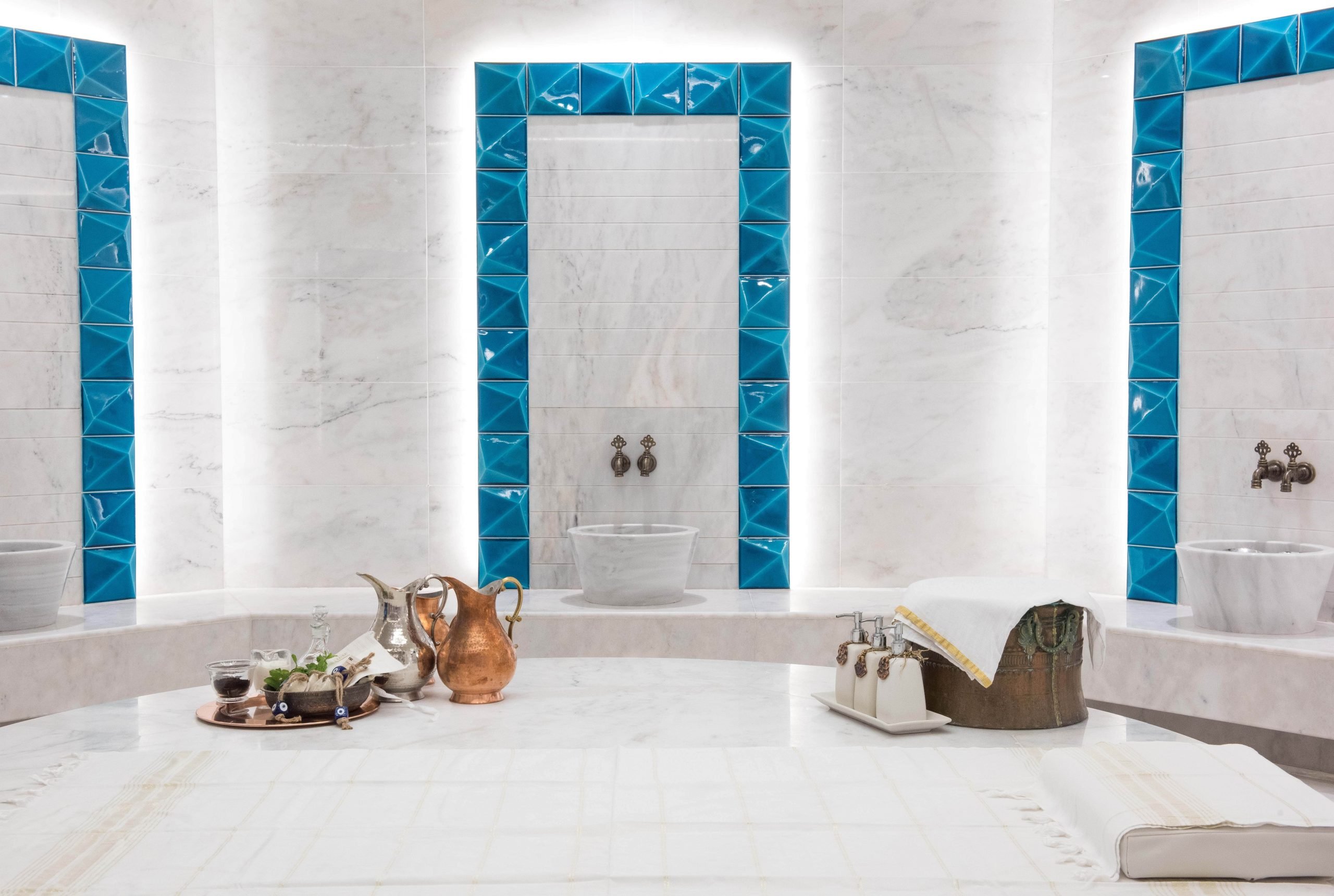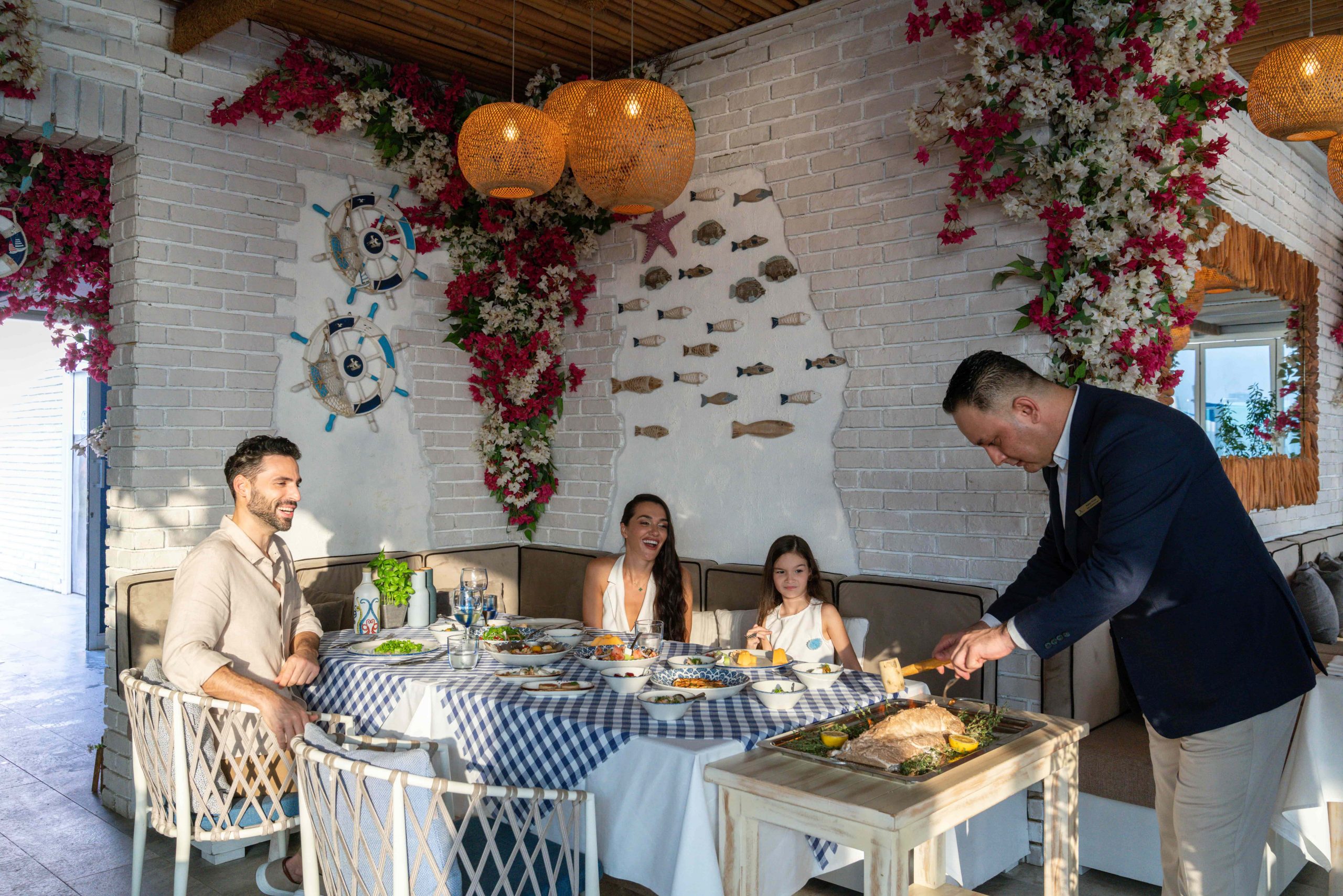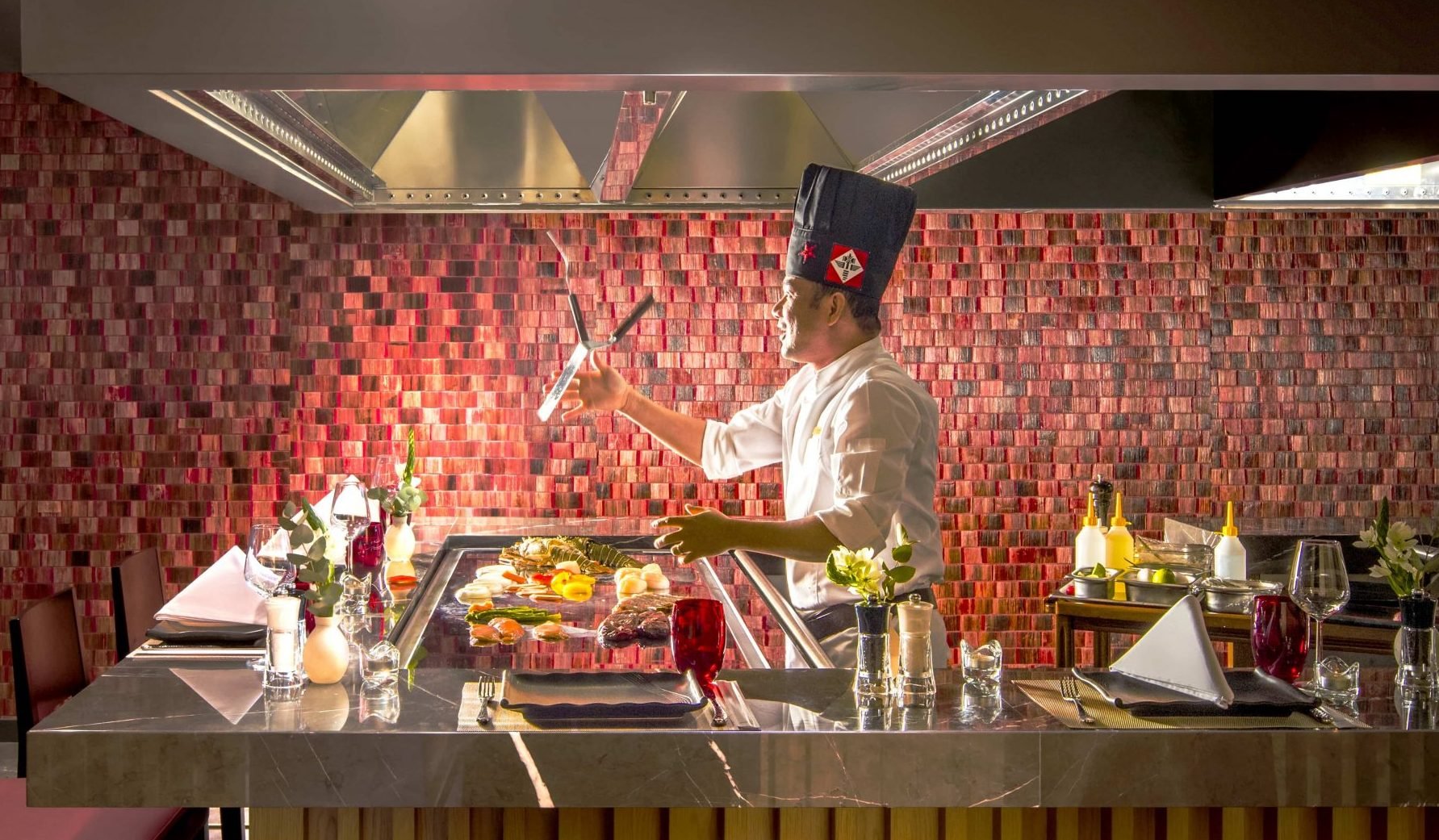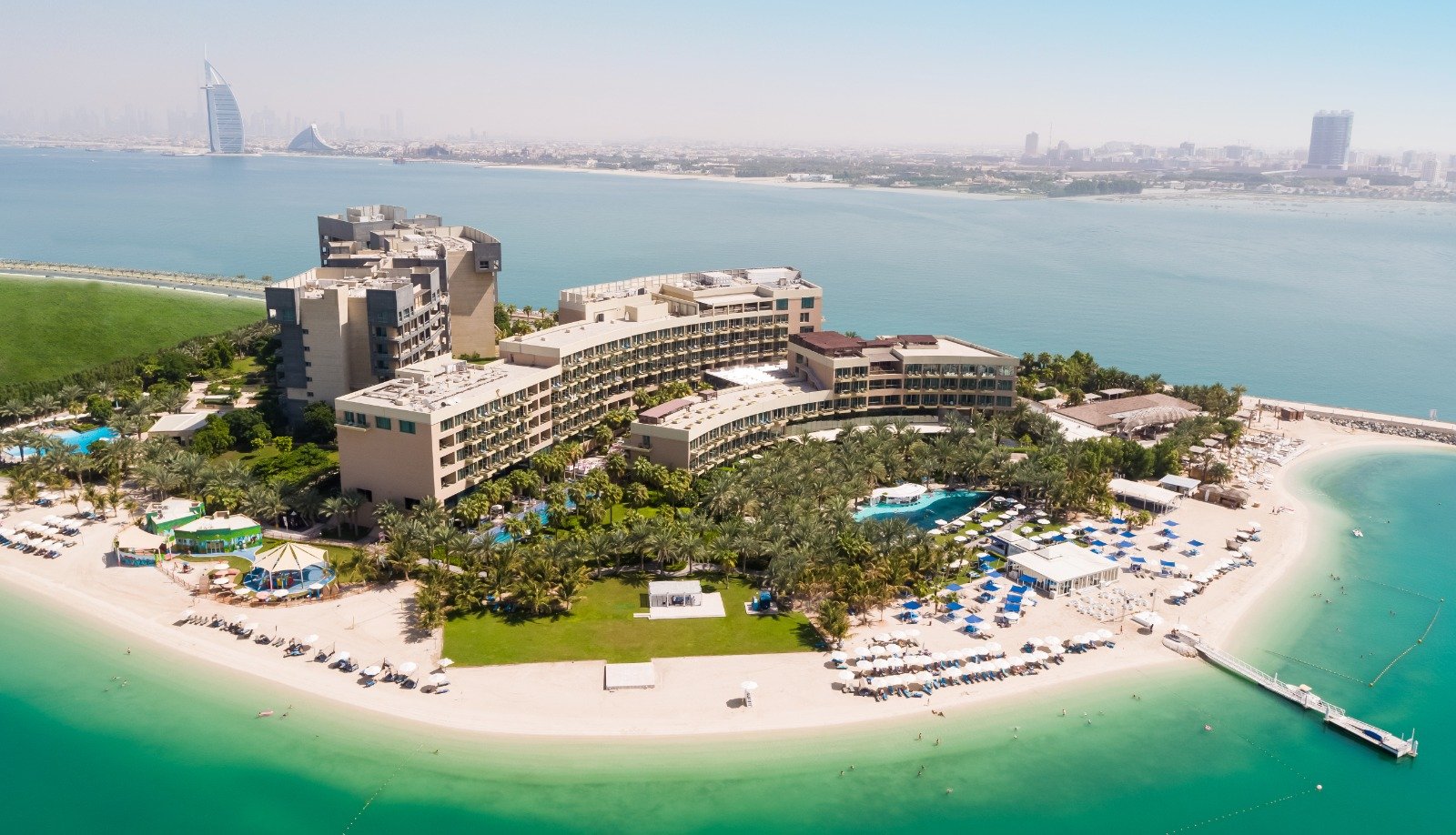
Consumer expectations and demands are changing. Hospitality brands that are looking to acquire new customers, enable better customer experiences and build brand loyalty will very soon need to ‘listen better’ and tap into the goldmine of data that consumers are willing to offer, before getting their marketers to ‘tell stories’ that resonate with the values, principles and expectations of these consumers.
Campaign Middle East had an interesting conversation with Ali Ozbay, Vice President of Marketing and Communications for the All Inclusive Collection and Rixos Hotels, activating the keys to the ‘suite’ spot in hospitality marketing.
We discussed balancing global vs local marketing, cultural sensitivities, authenticity, customer expectations and resulting experiences, as well as the human touch within hospitality marketing in a world largely leaning on AI automation and analytics.
“When it comes to hyper-personalisation, it’s not enough to just slap someone’s name on an email and call it a day. We’ve got to dig deeper.”
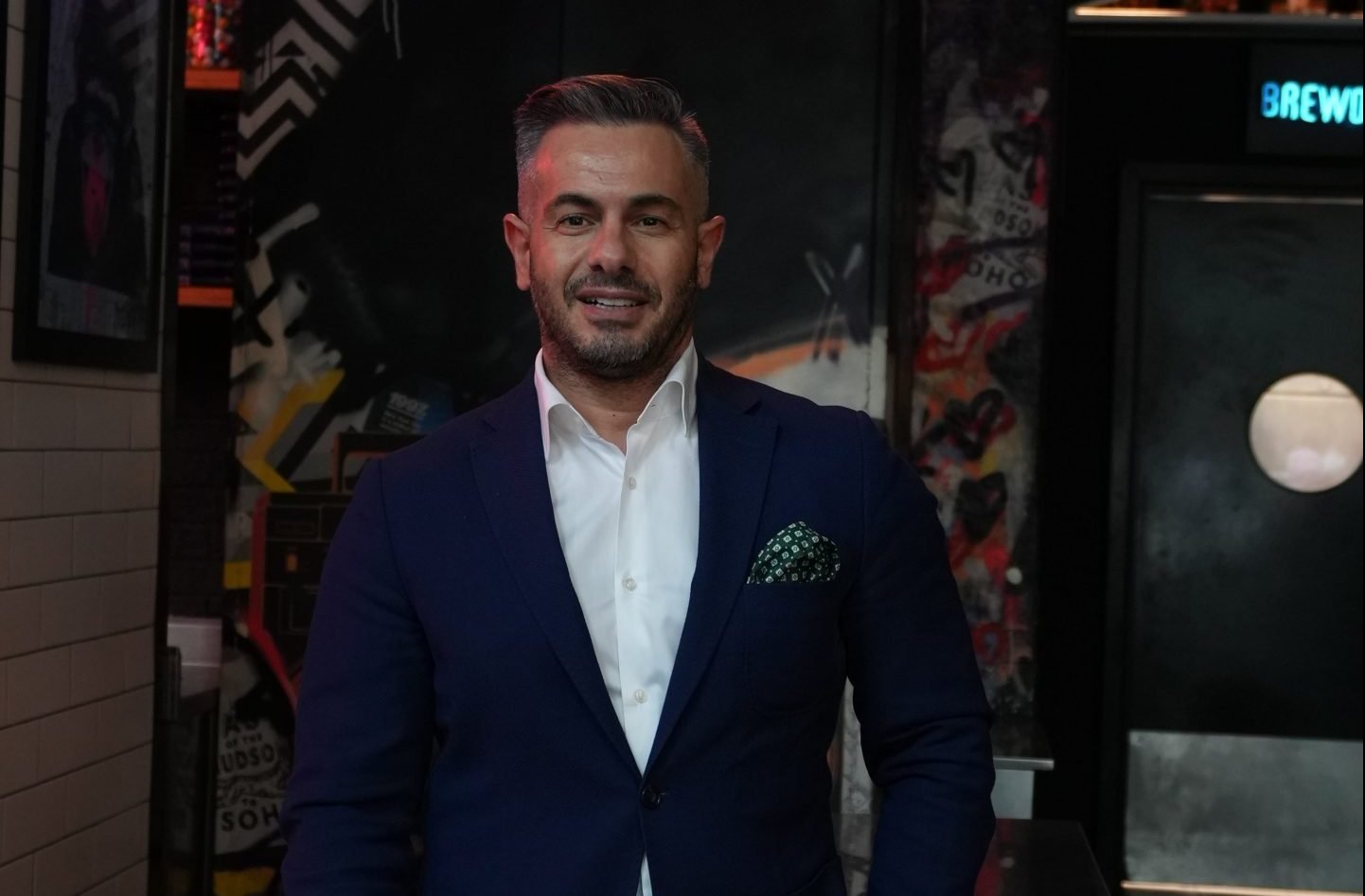
Give them what they want: ‘Be human, be real’
The conversation began with an off-the-cuff discussion around consumer demands for hyper-personalisation, authenticity, transparency, and more meaningful and memorable experiences, which some brands have taken from the strategic blackboard to the customer buffet.
Ozbay said, “Customer experience is the heart of everything. Today’s consumers want to feel something. We’re not just creating holidays; we’re creating stories. We craft experiences that stay with people long after they’ve left. Because in the end, it’s not the ads they remember — it’s the emotions we’ve sparked.”
This reflects the growing demand from consumers for marketing campaigns that are not only a realistic representation of the offering, but live up to the billing to offer an experience in line with rising expectations.
Ozbay didn’t mince words when he said, “Look, the game has changed. Consumers today: they’re sharp. They want more than just a brand; they want a relationship. When it comes to hyper-personalisation, it’s not enough to just slap someone’s name on an email and call it a day. We’ve got to dig deeper. We use data to tailor experiences that feel personal at every touchpoint — online and in person. We make sure the experience feels unique to each guest, not just ‘another stay’.”
Yet, the key is to go beyond the KPIs and ensure that ensure that every service is offered authentically.
“People can smell corporate fluff a mile away,” Ozbay added, “We need to be real — whether that means showing our human side or being upfront about challenges. For us, it’s not just about selling luxury, but about showing people how we live luxury. We’re creating genuine moments and experiences, not scripted ones.
Pivoting to transparency and the call for sustainability within the discussion on building an authentic brand, Ozbay said, “Sustainability and transparency — these aren’t just buzzwords. Guests are demanding real change, and they should. We’re not pretending to save the planet, but we’re taking serious steps toward reducing our environmental impact, and we’re vocal about it. Transparency is how you build trust — it’s that simple.”
Consumers have made it clear that they want to know how their stay at a hotel impacts the environment, and they’ll be looking for brands that walk the talk.
“We’re already working hard on this front — whether it’s reducing our carbon footprint or building sustainable partnerships. But we’ll need to keep innovating to stay ahead,” he added.
So, how should brands adapt? How can brands stay ahead of the curve to offer consumers what they have not yet voiced as expectations, but have come to believe is their ‘basic right’ within a brand experience?
Ozbay responded in four words, saying, “Be human. Be real.”
“Cultural sensitivity is non-negotiable. You’ve got to think globally, but act locally. For global audiences, the narrative needs to be broad enough to resonate across cultures — things like luxury, adventure, and relaxation are universal desires. But where it gets interesting is when you localise that message.”
Balancing global vs local in hospitality marketing
In line with the region’s diversification strategies, marketers have been actioning the mandate to welcome a global audience to the GCC’s shores, while still providing unparalleled experiences for the citizens and residents of the region.
As a result, marketers crafting and weaving authentic stories often need to find the perfect balance between global narratives to attract tourists, while still marketing for local audiences with cultural diversity and sensitivity.
“Finding that balance is the sweet spot in hospitality marketing,” Ozbay agreed. “You’ve got to think globally but act locally. For global audiences, the narrative needs to be broad enough to resonate across cultures — things like luxury, adventure, and relaxation are universal desires. But where it gets interesting is when you localise that message. You take those global themes and weave in the local flavour that makes each destination unique. We do this by highlighting local traditions, cuisine, and experiences in a way that’s authentic and respectful.”
He went on to share examples of how a family from Europe might be drawn to Rixos Hotel’s all-inclusive luxury offering, but someone from the GCC might value privacy or family-friendly activities that align with cultural expectations.
“It’s about understanding those nuances and crafting experiences that speak to both without losing the essence of the brand. Cultural sensitivity is non-negotiable. You need to be hyper-aware of local customs, beliefs, and values—especially in this region,” Ozbay explained. “That means everything from the imagery you use to how you communicate needs to show respect and understanding. When you can speak to both the international traveler and the local guest with equal finesse, that’s when you’ve struck the perfect balance.”
“Imagine having a digital concierge that can predict what a guest wants before they even realise it themselves. With AI-driven analytics, we’re able to forecast trends, tailor experiences, and hyper-personalise every interaction. It’s like having a crystal ball, but better.”
Finding the ‘human touch’ in a world of data-led decisions
In their attempt to understand what customers truly want, and how to elevate customer experience, marketers are increasingly leaning into data, as well as machine learning, AI, and LLMs that are helping convert that data into actionable insights through visually appealing dashboards.
Yet, the data comes with a disclosure: Don’t lean too much on the foot of data that you take your other foot of the human-led approach to hospitality, else you may fall over.
Ozbay said, “Honestly, we’ve never had this much data at our fingertips, and yet, most brands still treat it like an untapped goldmine. The trick is not just collecting the data but knowing how to use it smartly. That’s where AI, LLMs, and custom dashboards come in.”
Taking the example of custom dashboards to make data digestible, he added, “You don’t want to drown in spreadsheets — you want insights that tell you what’s happening with a guest right now, in real time. What do they like? What do they need next? These dashboards help us stay agile, so we can pivot our strategies and be proactive, not reactive.”
“AI and LLMs are absolute game-changers. Imagine having a digital concierge that can predict what a guest wants before they even realise it themselves. With AI-driven analytics, we’re able to forecast trends, tailor experiences, and hyper-personalise every interaction. It’s like having a crystal ball, but better,” Ozbay said.
Clearly, the key is to use data analytics not just to look at what’s already happened, but to predict what’s coming next.
And yet, the future of hospitality marketing is going to be a “wild ride”, Ozbay warned.
“There are a few big challenges I see coming our way. First off, technology overload. As AI, automation, and data analytics keep evolving, the challenge will be not losing that human touch. At the end of the day, hospitality is about making people feel welcome, and no algorithm can replicate a genuine connection.”
When asked what this looks like on the ground, in practice, Ozbay explained, “We’re prepping by integrating tech in a way that enhances the experience without overshadowing it — letting AI handle the behind-the-scenes while our teams focus on what they do best: creating memorable, human experiences.”
The key is differentiation through storytelling. You’ve got to have a clear brand identity. Next, it’s about consistency. And lastly, don’t follow trends — set them.
Standing out in a crowded hospitality market
Hospitality marketing is no walk in the park. It’s not just consumer expectations that need to be met, but also the expectations of the business and its bottom lines, as well as the expectations of long-term, sustainable brand growth.
“In a crowded market, the key is differentiation through storytelling,” Ozbay advised. “You’ve got to have a clear brand identity —know who you are and what you stand for. We focus on experience-driven luxury, creating memorable moments that resonate with our guests emotionally. Next, it’s about consistency. Every interaction with the brand, whether it’s online or in-person, needs to reinforce that story. And lastly, don’t follow trends — set them.”
This brought the conversation to another interesting point: Innovation for the sake of innovation is pointless. True innovation is where brands can break free from the noise.
“Campaigns might change, platforms evolve, but the essence of the brand should stay the same. We’re not just thinking about what works today — we’re building a brand that stands the test of time.”
But how do brands do this? How can businesses go beyond ‘branding exercises’ and the noise around mere product, promotions, and pricing to truly build a long-term, sustainable brand that is clearly visible across all its platforms and across multiple campaigns.
“It all comes down to alignment and clarity of vision. When you’ve got guests engaging across multiple platforms, consistency is critical. Whether someone’s scrolling through Instagram or checking in at one of our resorts, the brand message needs to feel seamless,” Ozbay said.
“We’re big on having a core brand narrative — one story that runs through everything. We make sure our tone, visuals, and values are locked in from the start, and that’s what guides every piece of content, every ad, every interaction. Whether it’s a luxury escape or a wellness retreat, the message stays consistent: elevated, personalised, unforgettable experiences,” he added.
But how can this consistency be achieved for brands partnering with multiple agencies on several different, or sometimes overlapping, scopes of work?
“The trick is communication. Everyone — internally and externally — needs to be on the same page, literally” Ozbay explained. “We create brand playbooks that lay out our voice, messaging, and even the little details like font and colour. It’s our north star. And lastly, we always take a long-term view. Campaigns might change, platforms evolve, but the essence of the brand should stay the same. We’re not just thinking about what works today—we’re building a brand that stands the test of time. That’s how you create something sustainable,” he concluded.

